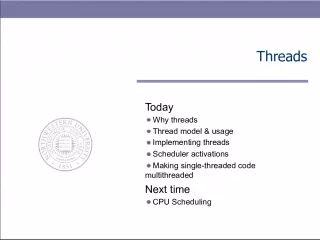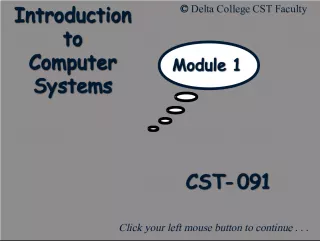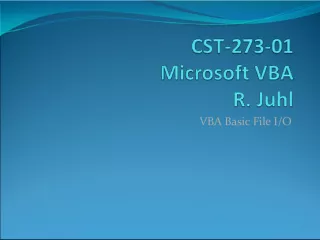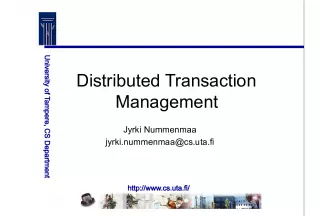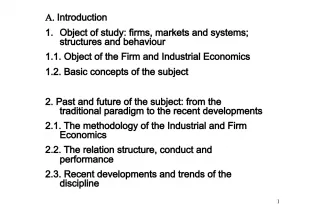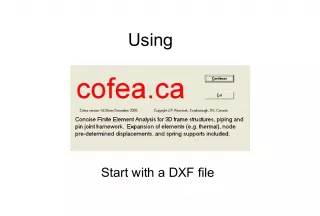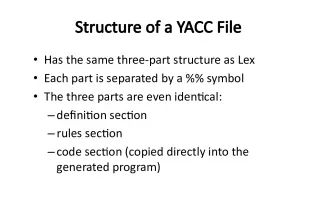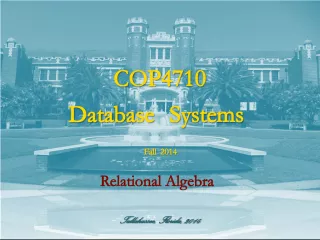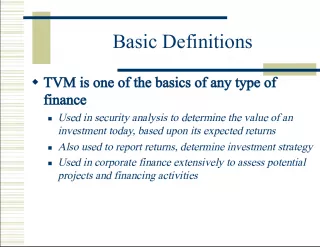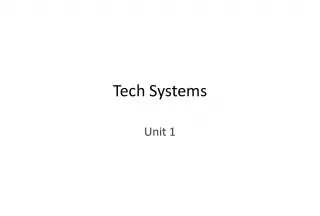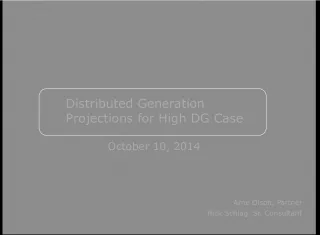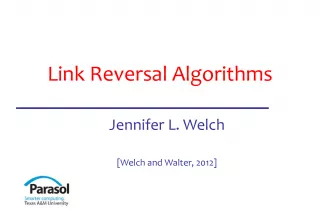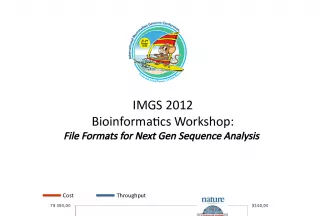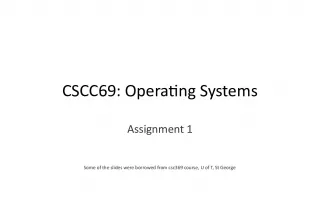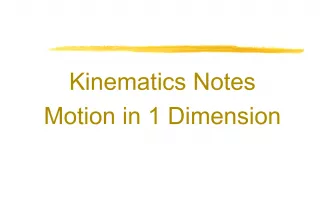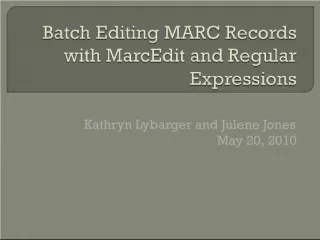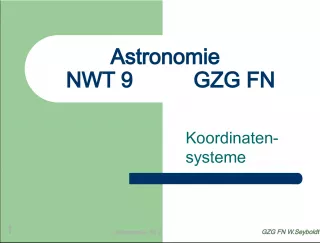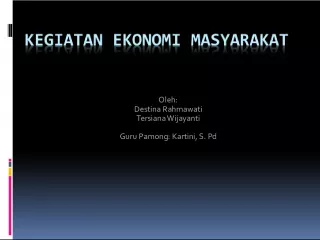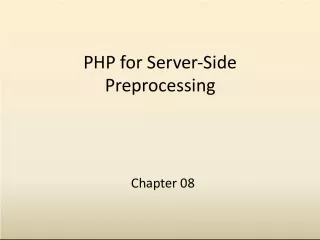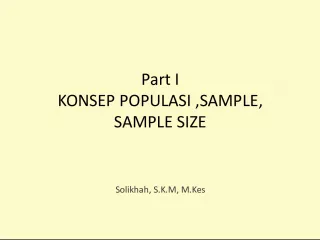Understanding Distributed File Systems: Basic Concepts


This article explains the basic concepts of distributed file systems, including their purpose, organization, and benefits. It focuses on the differences between distributed and shared disk file systems, highlighting the advantages of the former.
- Uploaded on | 2 Views
-
 elijah
elijah
About Understanding Distributed File Systems: Basic Concepts
PowerPoint presentation about 'Understanding Distributed File Systems: Basic Concepts'. This presentation describes the topic on This article explains the basic concepts of distributed file systems, including their purpose, organization, and benefits. It focuses on the differences between distributed and shared disk file systems, highlighting the advantages of the former.. The key topics included in this slideshow are distributed file systems, DFS, computer nodes, storage, organization,. Download this presentation absolutely free.
Presentation Transcript
1. PHANI VAMSI KRISHNA.MADDALI
2. BASIC CONCEPTS.. FILE SYSTEMS: It is a method for storing and organizing computer files and the data they contain to make it easy to find and access them. DISTRIBUTED File System : A DFS is a network file system where a single file system can be distributed across several physical computer nodes. Separate nodes have direct access to only a part of the entire file system, in contrast to shared disk file systems where all nodes have uniform direct access to the entire storage.
4. QUIZ TIME YES =1; NO =0. Are u able to access the GSU website? Are u able to access the website from any system that has got an internet connection? You dont know from what particular server you are accessing the website. Are you and your friend able to access the website at the same time?
5. W HATZ YOUR SCORE ?? You are not able to know about the server updates? Are you able to access the website from both MAC OS and Windows Vista? You cannot know the number of added student accounts of the student web mail? Compare the Results.!!!
6. C HARACTERISTICS OF DISTRIBUTED FS : The 2 key characteristics are : Dispersion Dispersed Clients Dispersed Files Multiplicity Multiplicity Of Users Multiplicity Of Clients A Transparent* DFS should possess few properties. Transparency*:operating in such a way as to not be perceived by users.
7. T RANSPARENCY P ROPERTIES : Login Transparency : User can log in at any host with uniform login procedure and perceive a uniform view of the file system . Access Transparency: Client process on a hots has uniform mechanism to access all files in system regardeless of files are on local/remote host. Location Transparency: The names of the files do not reveal their physical location .
8. D ESIRABLE C HARACTERISTICS : Concurrency Transparency: An update to a file should not have effect on the correct execution of other process that is concurrently sharing a file. Replication Transparency: Files may be replicated to provide redundancy for availability and also to permit concurrent access for efficiency. Fault Tolerance. Scalability. Heterogeneity of the Systems.
9. F AULT T OLERANCE . It is a design that enables a system to continue operation, possibly at a reduced level, rather than failing completely, when some part of the system fails. Possible Solution : REDUNDANCY How critical is the component? How likely is the component to fail? How expensive is it to make the component fault-tolerant?
10. O THER C HARACTERISTICS I NCLUDE : Network Transparency: Same access operation as if they are local files. Location Independence: The file name should not be changed when the physical location of the file changes. User Mobility: User should be able to access the file from any where. File Mobility: Moves files from one place to the other in a running system.
11. F EW E XAMPLES The GOOGLE File System: A scalable distributed file system for large distributed data-intensive applications. It provides fault tolerance while running on inexpensive commodity hardware, and it delivers high aggregate performance to a large number of clients. The CODA distributed file system: Developed at CMU, incorporates many distinguished features which are not present in any other distributed file system.
12. C HARACTERISTICS OF CODA DFS : disconnected operation for mobile clients reintegration of data from disconnected clients bandwidth adaptation Failure Resilience read/write replication servers resolution of server/server conflicts handles of network failures which partition the servers handles disconnection of clients client
13. C HARACTERISTICS C ONTINUED Performance and scalability client side persistent caching of files, directories and attributes for high performance write back caching Security kerberos like authentication access control lists (ACL's) Well defined semantics of sharing Freely available source code
14. R EFERENCES Distributed Operating Systems & Algorithms , by Randy Chow and Theodore Johnson, 1997. http://www.cs.ucdavis.edu/~wu/ecs251/ecs251_DFS.pdf http://pages.cs.wisc.edu/~sschang/OS- Qual/fs/distributed_file_systems.htm http://www.coda.cs.cmu.edu/ljpaper/lj.html http://labs.google.com/papers/gfs.html http://en.wikipedia.org/wiki/Distributed_file_system
15. QUERIES?
16. THANK YOU
